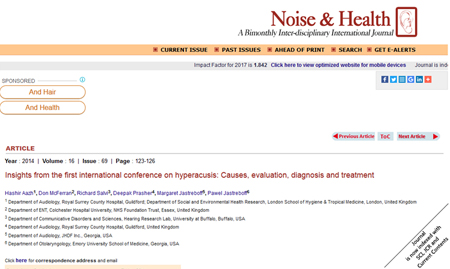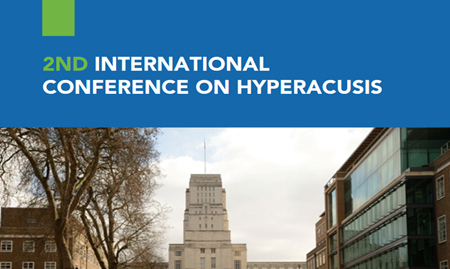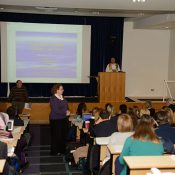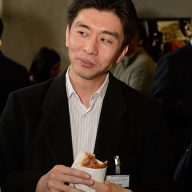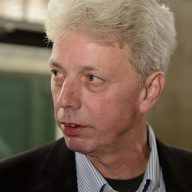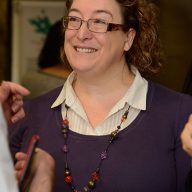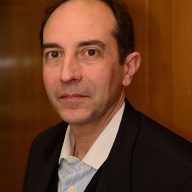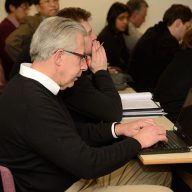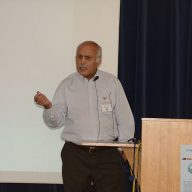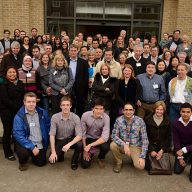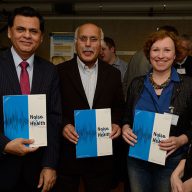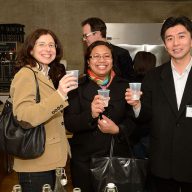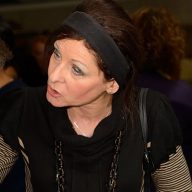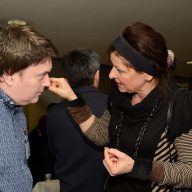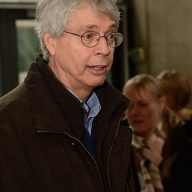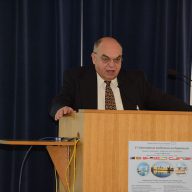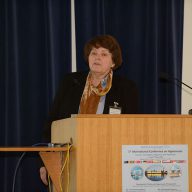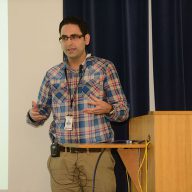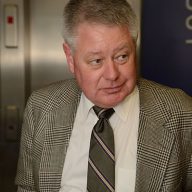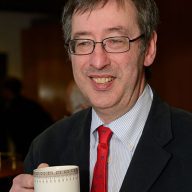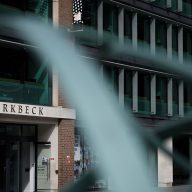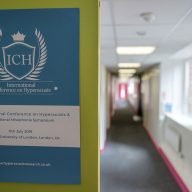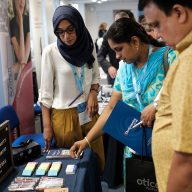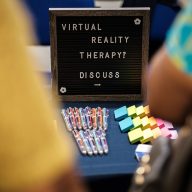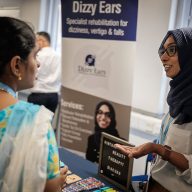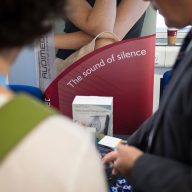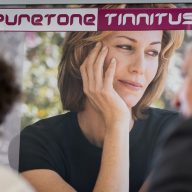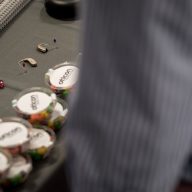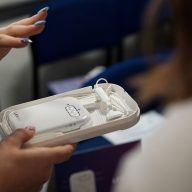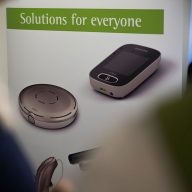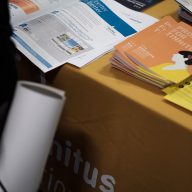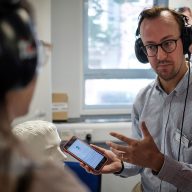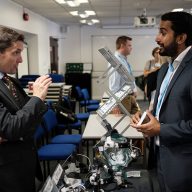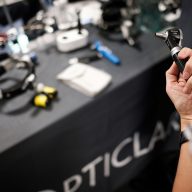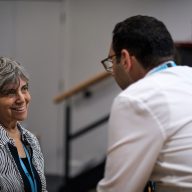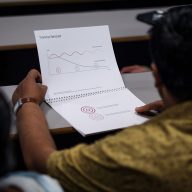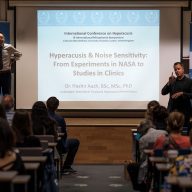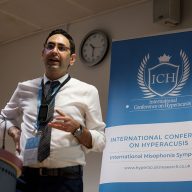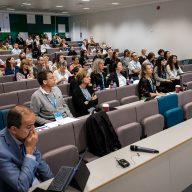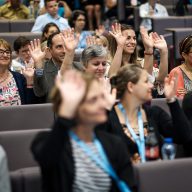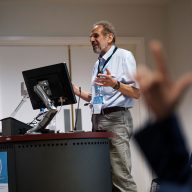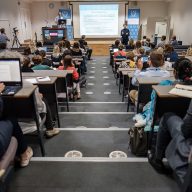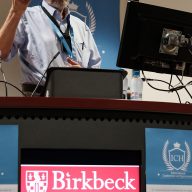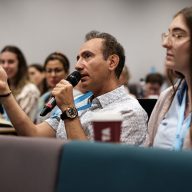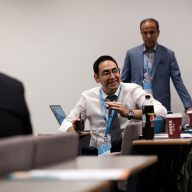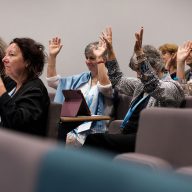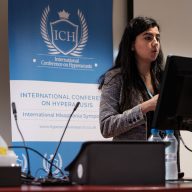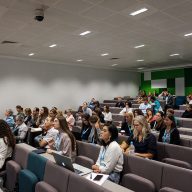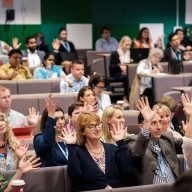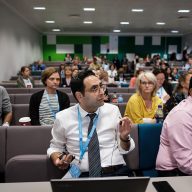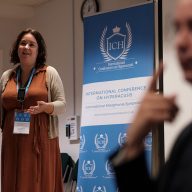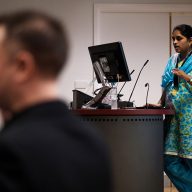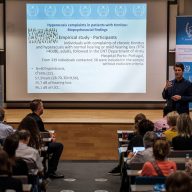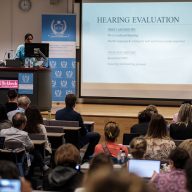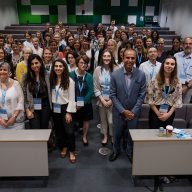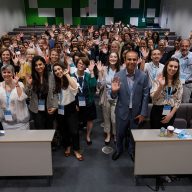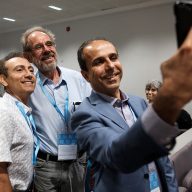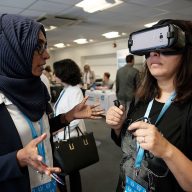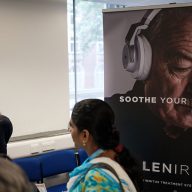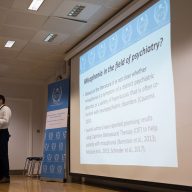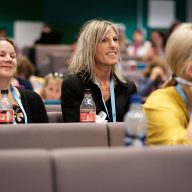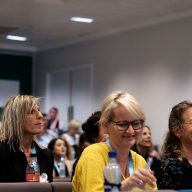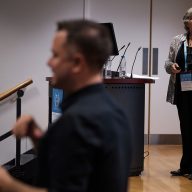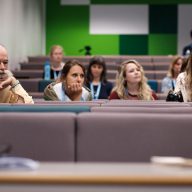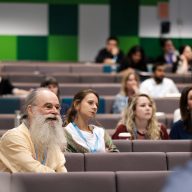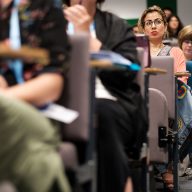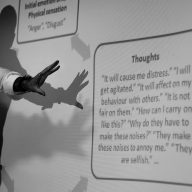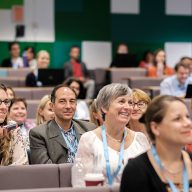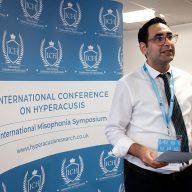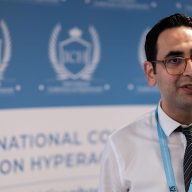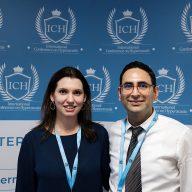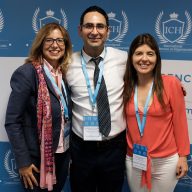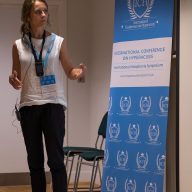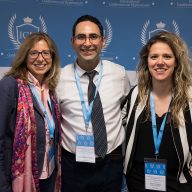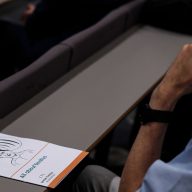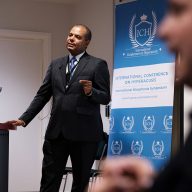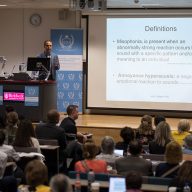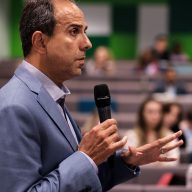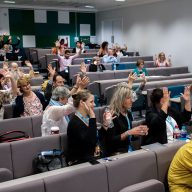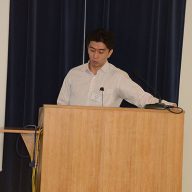
The 4th International Conference on Hyperacusis (ICH4) and the International Misophonia Symposium (London, 11th July 2019)
The 4th International Conference on Hyperacusis (ICH4) and the International Misophonia Symposium (London, 11th July 2019) attracted audience from the UK, Canada, Finland, South Africa, USA, India, Norway, Belgium, Italy, Portugal, Poland, Australia, Denmark, Spain, Netherlands, Saudi Arabia, Brazil, Columbia, Lebanon, and Pakistan. The conference also offered a hearing exhibition with 15 exhibitors sharing their products and services.
In the morning session, Dr. Hashir Aazh (the conference organiser) talked about the relationship between noise sensitivity and hyperacusis. Professor Brian C. J. Moore (Dept. of Experimental Psychology, University of Cambridge, UK) talked about the pattern of Uncomfortable Loudness Levels among patients with hyperacusis and tinnitus. Other talks in the morning session comprised: A novel device and protocol for treating debilitating hyperacusis by Dana A. Cherri (University of South Florida, USA), Prioritising hyperacusis: identifying the top 10 “unanswered” questions that research should target by Dr. Kathryn Fackrell (University of Nottingham, UK), Audiological profile of a child with hyperacusis by Dr. Archana.G (Speech and Hearing, SOAHS, India), and hyperacusis complaints in patients with tinnitus by Professor Vasco de Oliveira (Health School Polytechnic Porto, Portugal).
Afternoon session was dedicated to the International Misophonia Symposium with several talks comprising: Diagnosis and treatment of misophonia: current perspective by Dr. Hashir Aazh (Royal Surrey County Hospital, UK), Cognitive behaviour therapy & dialectical behaviour therapy for management of misophonia by Dr. Jaelline Jaffe (Sherman Oaks, California, USA), Misophonia, maladaptive schemas and personality disorders by Dr. Eleonora Natalini and Dr. Alessandra Fioretti (Tinnitus Center, European Hospital, Italy), Audiologist-delivered cognitive behavioural therapy for misophonia by Dr. Hashir Aazh (Royal Surrey County Hospital, UK), Psychometric properties of MisoQuestPL: a new self-report questionnaire to assess misophonia by Marta Siepsiak (University of Warsaw, Poland), and Tinnitus and misophonia: evidence in noise-induced hearing loss by Dr. Fernando Rengifo-Caicedo (Alpharetta, USA). The conference was concluded by a talk on reasonable adjustments (accommodations) for misophonia in academic settings by Professor Ali A. Danesh (Florida Atlantic University, USA).
Among the key learning outcomes were:
- A good correspondence between the diagnosis of hyperacusis based on the across-frequency average ULL for the ear with the lowest ULLs (ULLmin) and hyperacusis handicap based on Hyperacusis Questionnaire (HQ) scores was obtained with cut-off values of ULLmin ≤77 dB HL and HQ score ≥ 22.
- Patients with misophonia reported a physical sensation of low-grade euphoria or a static-like tingling sensation on the skin of ears or head when hearing the trigger sounds. This can potentially be very important in cognitive behavioural formulation of misophonia.
- Misophonia was associated to certain personality disorders and psychological therapies shown promising results.

